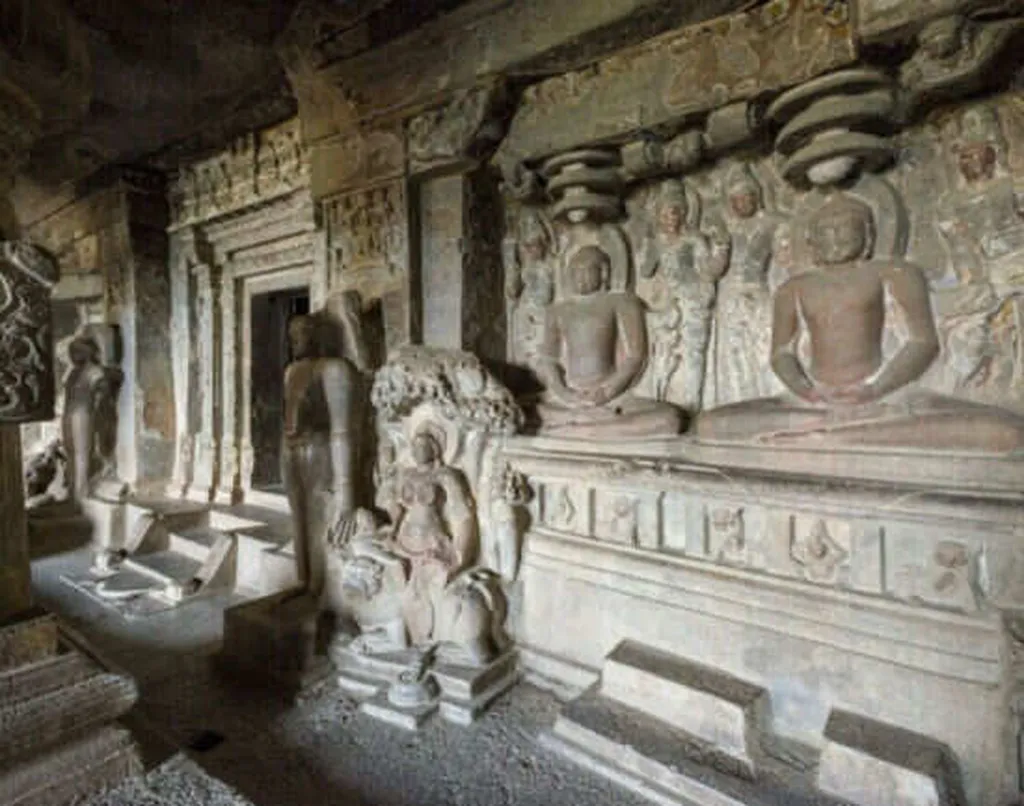In the heart of India’s Sahayadri range, the Aurangabad Caves stand as a testament to ancient architectural prowess, their walls once adorned with intricate murals that have weathered time. However, the mud plasters that once supported these artistic masterpieces have deteriorated, prompting a team of researchers to delve into the composition and provenance of these historical materials. Their findings, published in *Discover Materials* (which translates to *Explore Materials*), offer a glimpse into the past and a roadmap for future restoration efforts, with implications that resonate far beyond the energy sector.
Dr. M. R. Singh, lead author from the Department of Tourism Administration at Dr. Babasaheb Ambedkar Marathwada University, and his team employed a multifaceted analytical approach to unravel the secrets of these ancient plasters. “We wanted to understand not just what these plasters were made of, but also where the materials came from,” Singh explained. Using techniques such as FTIR, XRD, ICP-MS, SEM–EDX, and particle size analysis, the researchers discovered a consistent mineralogical composition across the caves, including plagioclase, quartz, calcite, and kaolinite.
The presence of calcite emerged as a crucial factor in the durability of these plasters, acting as a natural binder. “Calcite’s role as a binder was a significant finding,” Singh noted. “It’s a durable material that has stood the test of time, and understanding its role can help us develop more compatible plasters for restoration.”
The team’s investigations didn’t stop at the caves. They also collected soil samples from Harsul Lake, a nearby water body, and found striking similarities in mineralogical and chemical profiles. This suggests that the ancient builders likely sourced their raw materials from this location, a finding that could inform future restoration projects.
The implications of this research extend beyond the preservation of historical structures. In the energy sector, understanding the composition and provenance of traditional building materials can lead to the development of more sustainable and durable construction practices. As the world grapples with the challenges of climate change, the lessons from the past could prove invaluable in shaping a more resilient future.
“This research underscores the importance of understanding traditional building materials,” Singh said. “It’s not just about preserving the past; it’s about learning from it to build a better future.”
As the energy sector continues to evolve, the insights gleaned from the Aurangabad Caves serve as a reminder of the enduring power of traditional knowledge and the potential it holds for innovation. By bridging the gap between the past and the present, researchers like Singh are paving the way for a future where sustainability and durability go hand in hand.

